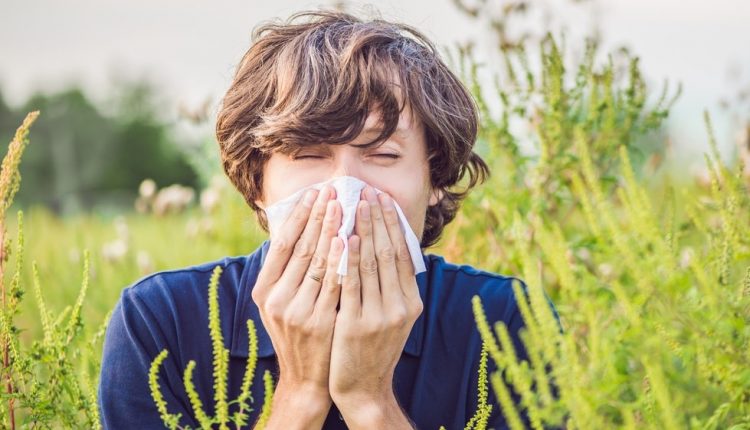
Allergies: antihistamines and cortisone, how to use them properly
Springtime brings a great number of allergies, and cortisone and antihistamines are again familiar terms to many people
However, antihistamines and cortisone are drugs with a certain degree of invasiveness
As a result, they can be harmful, both directly and through side effects, if they are not used correctly.
How do antihistamines work?
Antihistamines are drugs used to treat allergy symptoms by counteracting the effects of histamine receptors, the substance released by the cells of the immune system when the body comes into contact with common allergens such as dust mites, pollen and food.
Antihistamines, taken in the form of nasal sprays, eye drops, capsules, tablets and creams, are ideal for controlling the typical reactions of itching, swelling, rhinorrhoea, nasal congestion, sneezing, watery eyes and hives.
How do corticosteroids work?
Cortisonics are drugs used for anti-inflammatory and immunosuppressive treatment of allergy symptoms.
These drugs modify the body’s response to immune stimuli, taking effect in a short time, and are therefore suitable for acute allergy attacks. It is up to the doctor to carefully assess the benefit/risk ratio in relation to undesirable effects.
Antihistamines and cortisone: side effects
Antihistamines and corticosteroids should always be taken in the manner and dosage recommended by your doctor to minimise side effects.
First-generation antihistamines (nowadays used mainly in hospitals) have several side effects such as:
- drowsiness and reduced alertness and attention span
- insomnia, nervousness, anxiety
- increased appetite, urinary retention, constipation.
In contrast, second-generation antihistamines are less active on the central nervous system and almost free of side effects, but their use has been associated with an increased risk of cardiac arrhythmias.
The undesirable effects of corticosteroids, on the other hand, are mainly related to their use as they can cause over time:
- acne, redness and skin changes
- weight gain and swelling caused by water retention
- hyperglycaemia and high blood pressure
- osteoporosis and muscle weakness.
Read Also:
Emergency Live Even More…Live: Download The New Free App Of Your Newspaper For IOS And Android
Adverse Drug Reactions: What They Are And How To Manage Adverse Effects
First Aid: 6 Must-Have Items In Your Medicine Cabinet
Symptoms And Remedies Of Allergic Rhinitis
Allergic Conjunctivitis: Causes, Symptoms And Prevention
What Is And How To Read The Allergy Patch Test
Allergies: New Drugs And Personalised Treatment
Allergic Contact Dermatitis And Atopic Dermatitis: The Differences
Spring Arrives, Allergies Return: Tests For Diagnosis And Treatment



